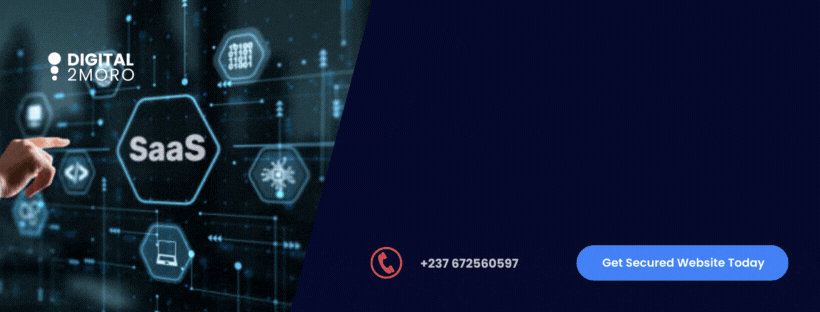Trending News
27 July, 2024
23.1°C
New York

Software as a Service (SaaS) has revolutionized the way businesses access and utilize software applications, offering unparalleled flexibility, scalability, and cost-effectiveness. In this guide, we’ll delve into the future of SaaS, exploring emerging trends, key developments, and the transformative impact of cloud-based solutions on businesses worldwide.
SaaS, or Software as a Service, refers to a software delivery model where applications are hosted in the cloud and accessed by users over the internet. Key features and characteristics of SaaS include:
Subscription-based Pricing: SaaS applications are typically offered on a subscription basis, with users paying a monthly or annual fee for access to the software.
Centralized Management: SaaS applications are centrally managed by the service provider, who is responsible for software updates, maintenance, and security.
Scalability: SaaS solutions can scale dynamically to meet the evolving needs of businesses, allowing organizations to easily add or remove users and features as required.
The future of SaaS is shaped by several key trends and developments, including:
AI and Machine Learning: SaaS providers are increasingly integrating artificial intelligence (AI) and machine learning (ML) capabilities into their applications to deliver smarter, more predictive solutions.
Edge Computing: With the rise of edge computing, SaaS applications are becoming more distributed and decentralized, enabling faster processing and lower latency for users.
Vertical SaaS: Vertical SaaS solutions tailored to specific industries or niches are gaining traction, offering specialized features and functionalities to meet the unique needs of businesses in particular sectors.
Businesses can leverage SaaS to drive innovation, improve efficiency, and achieve sustainable growth in several ways, including:
Cost Savings: SaaS eliminates the need for upfront hardware and software investments, reducing IT infrastructure costs and enabling businesses to reallocate resources to other areas of operation.
Flexibility and Agility: SaaS solutions are highly flexible and scalable, allowing businesses to quickly adapt to changing market conditions, scale operations, and respond to customer demands more effectively.
Access to Advanced Features: SaaS applications often come with advanced features and capabilities that would be costly or impractical to develop in-house, enabling businesses to access cutting-edge technology without the need for extensive resources or expertise.
In conclusion, the future of SaaS is bright, with cloud-based solutions continuing to drive innovation, efficiency, and growth for businesses of all sizes and industries. By embracing SaaS and staying abreast of emerging trends and developments, businesses can position themselves for success in the rapidly evolving digital landscape.




Follow Us
Copyright 2024 – All Rights Reserved | Digital 2Moro